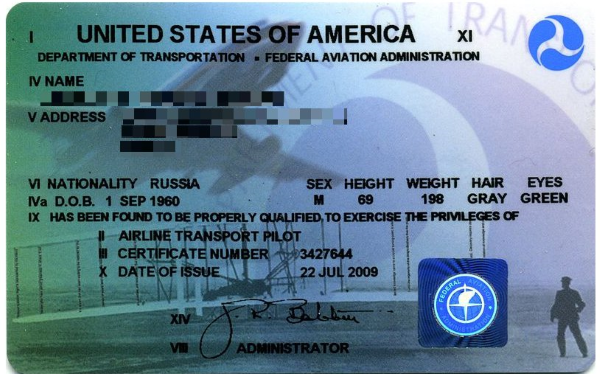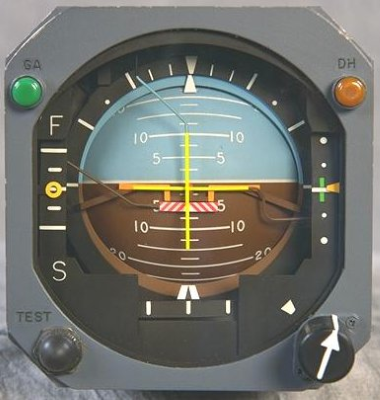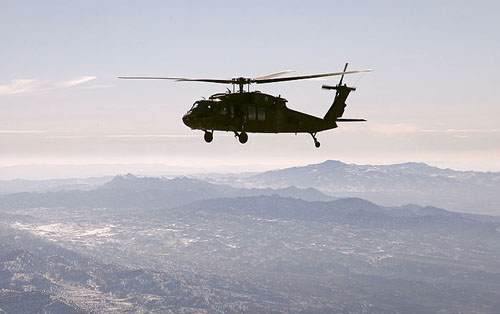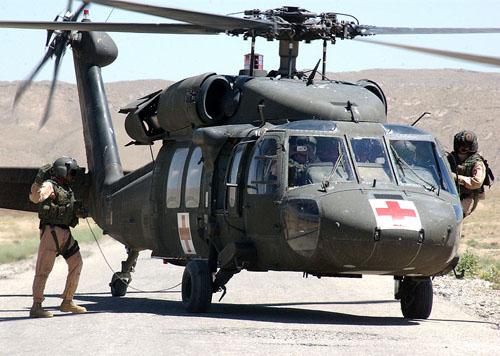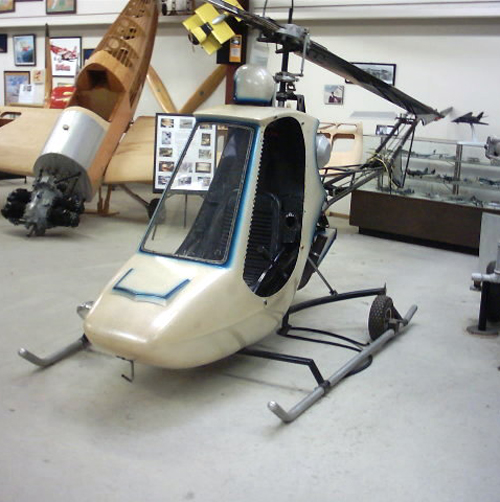In the United States, pilot certification is regulated by the Federal Aviation Administration (FAA). The FAA has various types of pilot ratings depending on logged flight time, experience and type of operation, such as airline travel or carrying persons or cargo for compensation or hire. The highest level of pilot certification available is an Airline Read More…
Blog
Instrument Proficiency Check (IPC): IFR Currency Explained
All pilots are subject to flight reviews to check their skills, as well as maintain their privileges to fly. Private pilots through Airline Transport Pilots (ATPs) must undergo a Biennial Flight Review (BFR) or other, often more frequent reviews, to maintain their flight privileges. The Instrument Proficiency Check (IPC) is a flight review for pilots Read More…
Sikorsky UH-60/S-70 Black Hawk Family
In 1972, the Army put out a call for a Utility Tactical Transport System, or UTTAS, helicopter. After its experiences in the Vietnam War, the Army was looking for a machine that was better able to operate under fire than the Huey. The Sikorsky S-70 was the answer to the Army’s request. It came with Read More…
M.A.S.H. Medevac Helicopters
During World War II, the military used helicopters for light duties that included surveying the enemy and landscape and patrolling the seas against submarine attacks. In June 1945, U.S. helicopters were used for the first time to evacuate injured soldiers from the front lines and fly them to safe hospitals. It was the first time Read More…
Private Helicopters
The engineers who built early helicopters envisioned their machines to become as commonplace as automobiles. Both Stanley Hiller, Jr., the founder of United Helicopters, and Arthur Young, who built the Bell Model 47, envisioned the helicopter to become the transportation method of choice for businessmen and families alike. This vision never became reality. Unlike small Read More…

